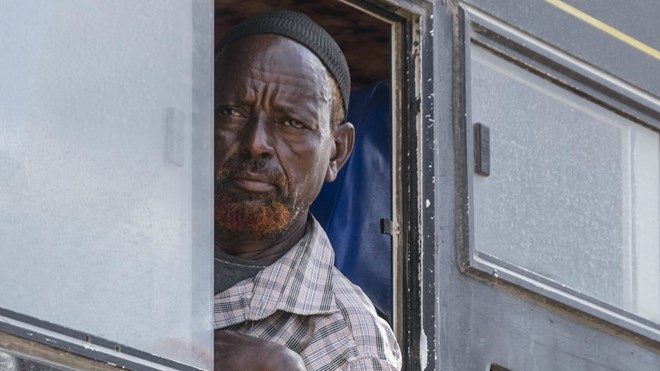Danish Demining Group
Thursday October 26, 2017

A Somali refugee returning from Dadaab Refugee Camp. Photo by: DRC
The expected return of up to 260,000 Somali refugees from Kenya’s Dadaab refugee camp may intensify pressure on some very dangerous and unresolved fault lines in Somalia, says the Danish Demining Group (DDG) in a study funded by the UK Department of International Development (DFID). An understanding of conflict dynamics helps targeted and contextual policies to be formed.
The Kenyan government’s push to close the Dadaab refugee camp, the largest in the world, has already led to the return of some Somali refugees into southern Somalia. While this is not expected to trigger or exacerbate large-scale conflict in the short term, the study has found that in the longer-term there may be negative impacts on unresolved tensions. These are related to land, rights and demography.
With this in mind, the study supervisor and DDG Regional Technical Manager for East Africa and Yemen, Mads Frilander, says “the study points to important issues that local and external actors need to be aware of to seek ways to address, prevent or mitigate future conflict”.
The return is occurring in a challenging and non-permissive environment in southern Somalia, a region suffering under the weight of over two decades of civil war and institutional collapse. Al Shabaab continues to hold the rural areas where most of the refugees originate, leaving much of the region chronically insecure.
"The impact of the returnees will therefore be felt almost entirely in a few urban centres in southern Somalia, especially Kismayo. This will accelerate an already dramatic rate of urbanisation in Somalia and exacerbate the already exceptionally high rate of urban unemployment", says Mads Frilander.
Somalia’s cities are also subject to sensitive conflict issues related to exclusivity clan claims. This leaves returnees, who are from predominantly socially and politically weak groups, vulnerable to predation. Having never resolved fundamental debates over identity and territory, access to protection and resources in Somalia’s major cities continues to be dominated by clan membership. Exacerbating all of these factors is a severe drought impacting the main areas of return.
As such, much debate has surrounded the Kenyan government’s push to close the Dadaab refugee camp. Despite the February 2015 ruling by a Kenyan court blocking closure of the camp, the process of repatriation is expected to continue, prompted by “push” factors by the Kenyan government, including reduced rations and basic services.
“The analysis should assist to inform policy and donor initiatives aimed at preventing broader conflict risks from materialising”, says Mads Frilander. By providing Somali authorities and international actors with this information, DDG aims to ensure assistance to, and policies involving returnees, are conflict-sensitive and do not trigger further violence.
The study was undertaken as part of the DFID funded and Danish Refugee Council and Norwegian Refugee Council implemented project: ‘Promoting Durable Solutions through Integrated Return, Reintegration and Resilience Support to Somali Displacement Affected Populations’.
DDG has been in Somalia since 2007, focused on a range of programmes related to Security and Justice and Humanitarian Mine Action.
You can read the full study here: http://danishdemininggroup.dk/media/3802547/dadaab-returnee-conflict-assessment-ddg-2017.pdf